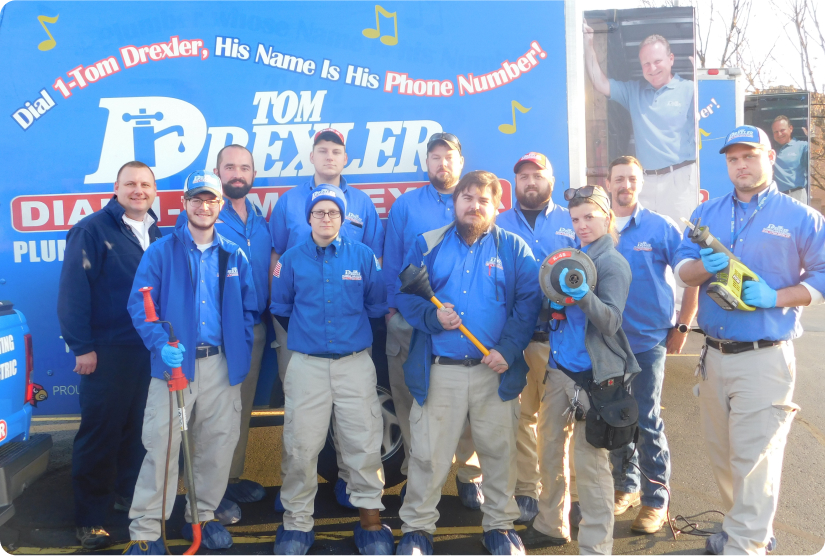One of the top 10 most common occurrences for water damage in residences is washing machine-related failures, according to the Institute for Business and Home Safety (IBHS), which conducts several studies each year and reports on ways to protect homes and businesses against environmental damage, natural disasters and other causes of loss.
In one particular study, the IBHS studied several hundred insurance claims related to water damage and discovered that more than half of the washing machine-related failures were the direct result of supply hose failure. These hoses are responsible for supplying the hot and cold water from the water supply to the washing machine tub.
These failures were the result of worn rubber hoses that malfunctioned due to normal wear and tear over time. Monthly inspections of your washing machine hoses are necessary to avoid this type of problem in the future. Signs that a washing machine hose is ready to fail include the following criteria:
- Blisters, cracks, or worn areas where the material is thinning, especially where the hose bends
- A loose connection with the water supply
Most Important Plumbing Tip You’ll Read Today
Replace your washing machine hoses made of traditional rubber tubing with stainless steel braided hoses. This material is reinforced and can withstand repeated high pressure of water that streams into the machine. These hoses have a rubber hose on the inside, but the stainless steel structure encloses the rubber hose to provide a burst-resistant shell. When properly installed, they have a much lower failure rate compared to traditional rubber hoses.
An even better choice is a stainless steel hose with an auto-shutoff feature. If the hose attempts to burst, the connector will sense a change in water pressure and stop the flow of water. This type of hose can be the difference between extensive flood damage and just a little bit of water to clean up.
For further security, turn off water valves to the washer when you know you won’t be home for several days, or when the machine is not in use. If the valve isn’t operating properly or is leaking, call a professional plumber like Tom Drexler Plumbing to replace it. A valve that isn’t working can fail at any time and cause water damage in your home.
Replace Hoses Every Five Years
Even if you have stainless steel hoses, it’s best to replace them every five years. Even if there are no obvious signs of wear, this is the safest measure to protect your home from a disastrous flood. Some of the wear occurs from the inside out and is not always visible. This can happen over time with a buildup of mineral deposits from your home’s water supply.
If you keep this plumbing tip in mind, to inspect your washing machine hoses monthly, and replace old, worn out hoses with reinforced stainless steel hoses, you can prevent costly water damage to your home’s basement or upper floors.







